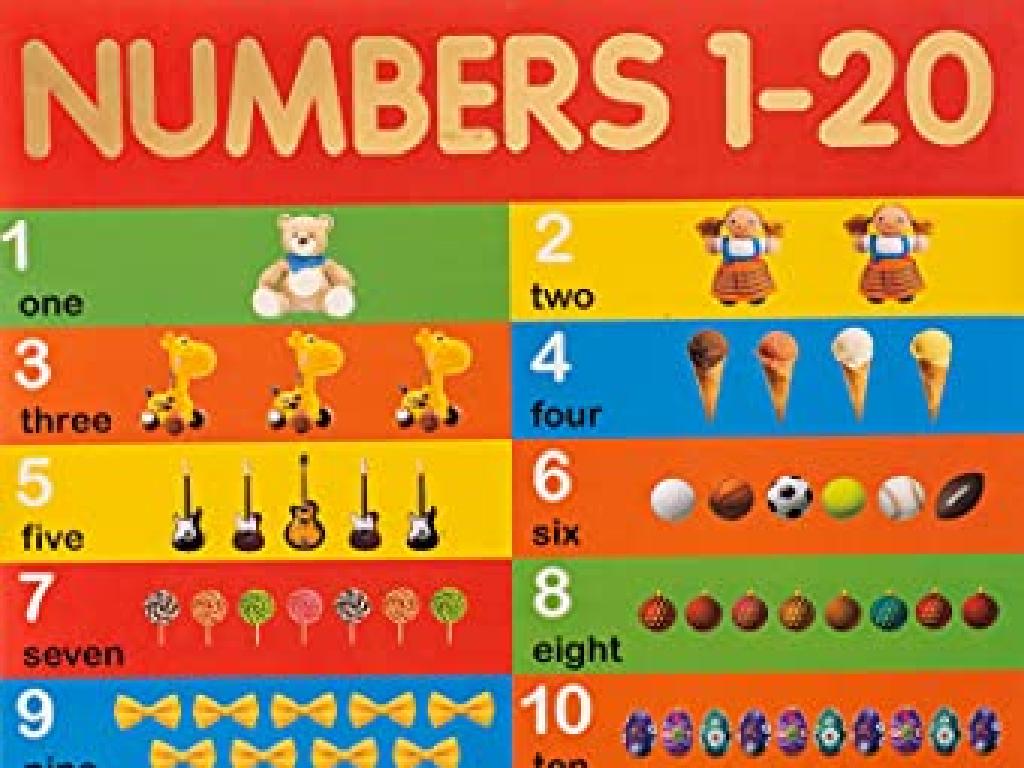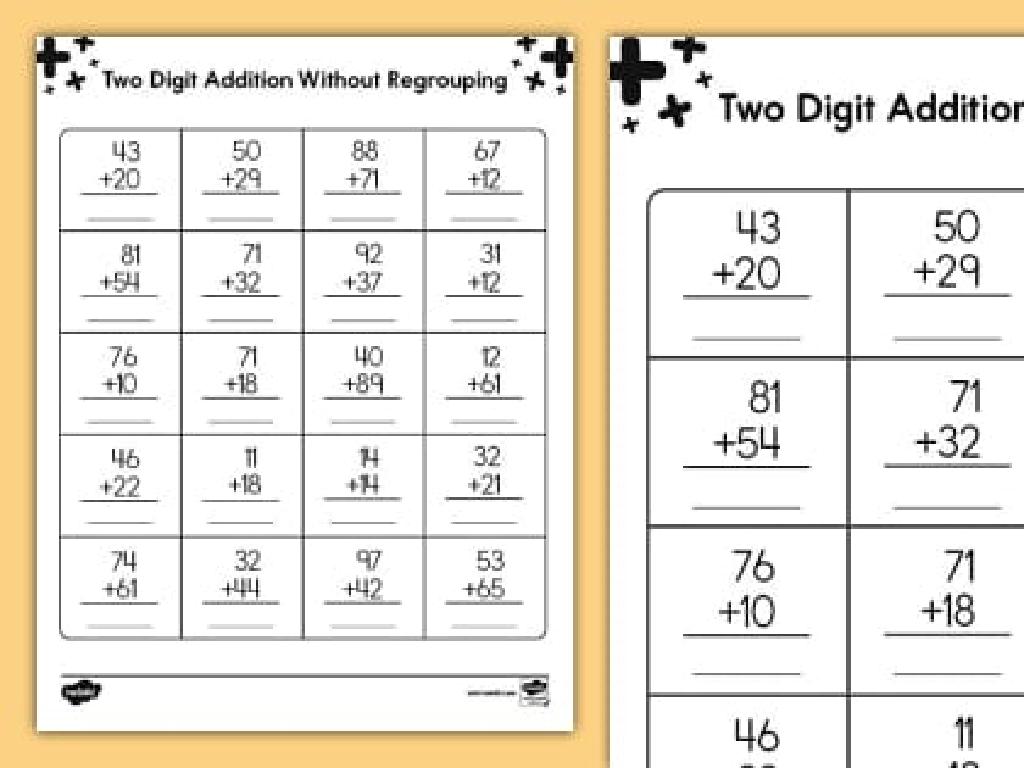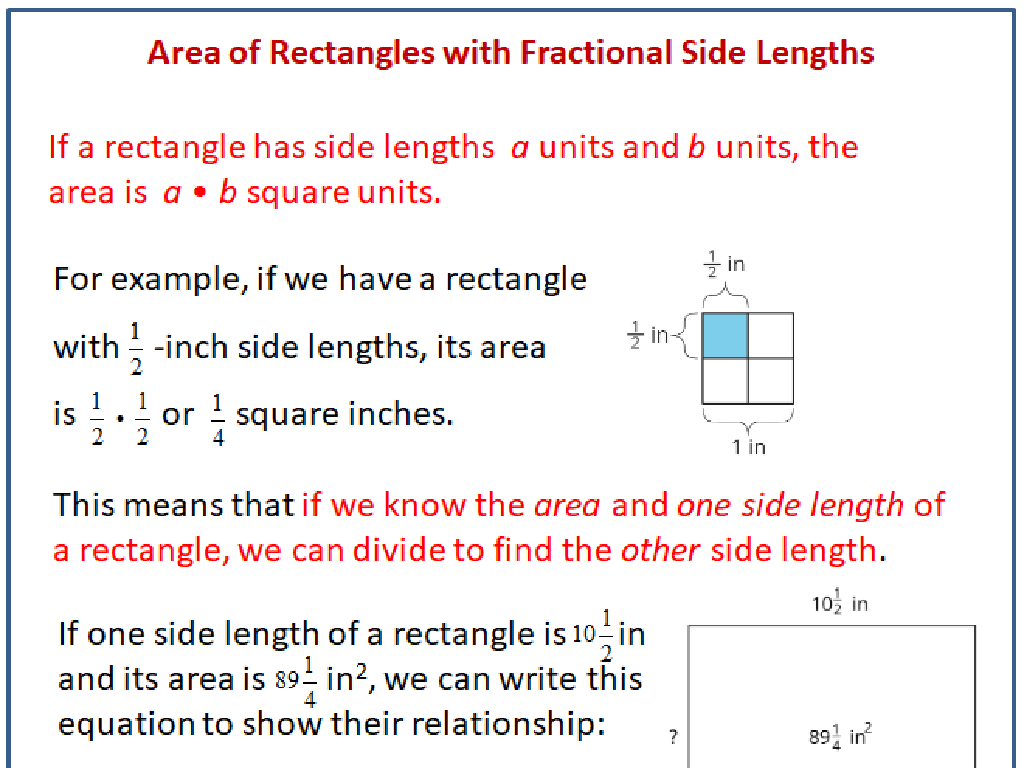Use Compensation To Subtract: Up To Three Digits
Subject: Math
Grade: Third grade
Topic: Subtraction: Three Digits
Please LOG IN to download the presentation. Access is available to registered users only.
View More Content
Welcome to Subtraction: Learning Compensation
– Greet and introduce today’s math class
– Review the concept of subtraction
– Subtraction means taking away from a number
– Introduce compensation strategy
– Compensation is adjusting numbers to make them easier to subtract
– Practice subtracting with up to three digits
– We’ll use examples like 400 – 258 by rounding 258 to 260
|
Begin the class with a warm welcome and a quick introduction to set the stage for today’s lesson. Review the basic concept of subtraction as taking one number away from another. Introduce the compensation strategy, which involves adjusting numbers to make mental subtraction easier. For example, if we have 400 – 258, we can round 258 up to 260 to make it a round number, subtract to get 140, and then adjust our answer because we added 2 to 258 to make it 260. This method simplifies the process and helps students manage larger numbers. During the class, provide several examples and guide students through the process step by step. Encourage them to try this strategy with different numbers and prepare for hands-on practice.
Understanding Compensation in Subtraction
– What is compensation?
Compensation means adjusting numbers to make math easier.
– Compensation simplifies subtraction
It helps avoid tricky borrowing in subtraction.
– Real-life compensation examples
Like making change: if you owe $53 and pay $60, you add $7 to $53 to make an even $60.
– Practice with compensation
Let’s try subtracting with compensation together!
|
This slide introduces the concept of compensation in subtraction, a useful technique for simplifying the process of subtracting larger numbers. Compensation involves adjusting numbers to make mental math easier, such as rounding up and then correcting the difference. It’s particularly helpful in avoiding the more complex borrowing process. Provide everyday examples, such as making change, to illustrate the concept in a relatable way. Encourage students to think of times they’ve used compensation without realizing it. After explaining the concept, engage the class with practice problems where they apply compensation to subtract three-digit numbers.
Compensation Strategy in Subtraction
– Learn to round numbers for easy subtraction
– Rounding up or down to the nearest ten or hundred
– Adjust numbers to make ‘friendly’ numbers
– If we have 452 – 298, we can adjust 298 to 300
– Subtract with ‘friendlier’ numbers
– Now subtract 452 – 300 = 152
– Example: 452 – 298 using compensation
– Then, compensate by adding back the 2 we added to 298
|
This slide introduces the compensation strategy for subtraction, which simplifies the process by rounding numbers to the nearest ten or hundred. Teach students how to round numbers and adjust them to create ‘friendly’ numbers that are easier to subtract. After using these rounded numbers to subtract, remind students to compensate for the rounding by adding or subtracting the difference. Use the example provided to walk through the process step by step, ensuring students understand the concept of compensation. Encourage them to practice with different numbers and to check their work by reversing the process.
Simple Compensation in Subtraction
– Start with 300 – 150
– Round 150 to 200
– 200 is easier to subtract from 300
– Adjust to 300 – 200 = 100
– Compensate: 100 + 50 = 150
– We added back the extra 50 we rounded off
|
This slide introduces the concept of compensation in subtraction, which is a strategy to make mental math easier by rounding numbers to ‘friendlier’ numbers before performing the operation. Start with a simple example like 300 – 150, where students can easily see that rounding 150 to 200 simplifies the subtraction. After adjusting the original problem to 300 – 200 and finding the result to be 100, guide students to compensate for the rounding by adding the difference back in. The final answer is reached by adding the extra 50 that was rounded off. This method helps students to handle larger numbers and develop mental math skills.
Subtracting with Three-Digit Compensation
– Start with 752 – 286
– Round 286 to 300
– Rounding makes it easier to subtract
– Adjust to 752 – 300 = 452
– Subtracting round numbers is simpler
– Compensate: 452 + 14 = 466
– Add the rounded off amount back
|
This slide demonstrates the concept of using compensation to subtract three-digit numbers. Students will learn to round the number they are subtracting to the nearest ‘friendly’ number, which makes the initial subtraction easier. After adjusting the original problem, they will need to compensate for the rounding by adding the difference back to the result. This method helps simplify the process of subtraction by breaking it down into more manageable steps. Encourage students to practice this technique with various numbers to become comfortable with the concept of compensation in subtraction.
Practice Problems: Using Compensation to Subtract
– Solve problems using compensation
– Class solves first problem together
– Example: 500 – 298. Think 500 – 300 + 2
– Work in pairs on following problems
– Share ideas and compare methods
– Discuss solutions as a group
– Reinforce learning through discussion
|
This slide is designed to engage students in active practice of the compensation method for subtraction. Begin by providing a set of subtraction problems that are suitable for applying compensation. Work through the first problem as a class, demonstrating the process of rounding the subtrahend to a number that is easier to subtract and then adjusting the answer accordingly. After the demonstration, allow students to work in pairs or small groups to solve additional problems, fostering collaboration and peer learning. Encourage students to discuss their methods and solutions, which will help solidify their understanding of the concept. As a teacher, circulate the room to provide guidance and ensure that students are correctly applying the compensation strategy.
Class Activity: Compensation Bingo
– Introduction to Compensation Bingo
– Distribute unique bingo cards
– Each card has varied subtraction problems
– Solve using compensation method
– Find answers by rounding & adjusting
– Aim for five correct in a row
– First to get a bingo line wins a prize!
|
Compensation Bingo is a fun and interactive way to practice subtraction with compensation. Begin by explaining the rules of the game and how to use compensation (rounding a number to make subtraction easier and then adjusting the answer). Hand out the bingo cards, ensuring each student has a card with a different set of subtraction problems. Guide them through solving the first few problems as a class to demonstrate the compensation method. Encourage students to use this strategy to find the answers independently. The first student to solve five problems in a row correctly and call out ‘Bingo!’ wins. Have small prizes ready to motivate participation. This activity reinforces mental math skills and the concept of compensation in subtraction.
Conclusion: Mastering Compensation in Subtraction
– Summarize compensation strategy
– Compensation makes subtraction easier by rounding numbers.
– Review steps with an example
– Example: 452 – 298. Round 298 to 300, subtract to get 152, then add 2.
– Share today’s learning
– Homework: Practice with compensation
– Solve similar problems to become subtraction stars!
|
As we wrap up today’s lesson, let’s revisit the compensation strategy for subtraction. This technique involves rounding a number to make the subtraction easier and then adjusting the answer accordingly. Walk through the final example step by step, ensuring students understand the process. Encourage students to share their insights or any tips they’ve discovered that help them with this method. For homework, assign a set of subtraction problems where students can apply the compensation strategy to reinforce their understanding. The goal is for students to feel confident in using this method and to recognize its usefulness in simplifying complex subtraction problems.






